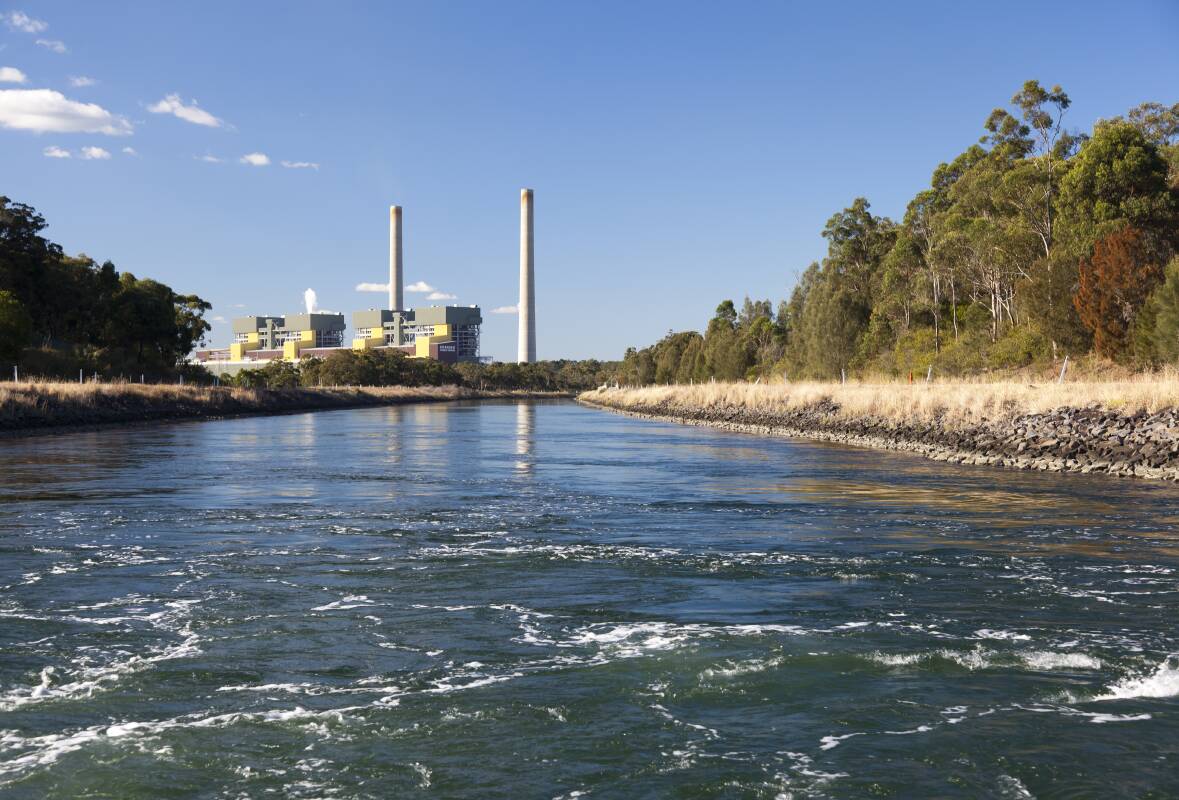
Fish in Lake Macquarie face a shock when the area's two coal-fired power stations close, with some species expected to decline.
University of Newcastle researchers will examine the areas around the hot water outlet canals at Eraring and Vales Point power stations.
Fish are attracted to the hot water and some species are thought to breed in and around the canals.
Eraring is due to close in 2025 and Vales Point in 2029, although the life of the latter plant could be extended.
Dr Vincent Raoult, a marine ecologist, said researchers had funding to examine seagrass, fish diets and diversity within the outlet areas around Myuna Bay and Wyee Bay.
"We've had these habitats around the two power stations with heated water for decades now," Dr Raoult said. "That has shaped the ecosystems there for better or for worse. It's certainly had an effect. If you just all of a sudden remove that heated wastewater, you're going to essentially shock the ecosystem because you've suddenly changed the habitat.
"Potentially that could lead to some big environmental changes. Certainly there would be changes to the plant life that lives there."
James Wong, a marine biologist who is planning research on the issue, said the change in the ecosystem may lead to some "local declines" in particular fish species, "while they figure out the new environment".
"Not necessarily local extinctions, but you might find you catch less whiting or bream depending on where you go in the lake," Mr Wong said.
"There will definitely be a period where the fish have to adapt to the change.
"There's still a lot of stuff we can figure out with Lake Macquarie, especially comparing the 2022-23 summer to another summer after they shut down the power plants and see how it changes."
He said water temperature "directly influences how seagrass grows, which then affects the reproductive success of fish".
Juvenile fish need seagrass, as they feed on it and creatures that congregate there.
Seagrass structure for recreational species like bream, snapper, whiting and tarwhine is "really important to them to hide and learn how to be a fish before they move out to other parts of the lake".
The areas where fish breed depends on the species.
Mr Wong said snapper and bream, for example, are "usually ocean spawners".
But some species probably breed in the canals because the "temperature is more constant year-round" due to the "amount of thermal effluent [hot water]" from the power plants.
Dr Raoult added that fish metabolism rises in warmer waters, so the fish grow faster if there's enough food around.
Origin, which owns the Eraring plant, said "management of the outlet canal ecology will be one of many aspects addressed within a broader site rehabilitation and remediation strategy" to be developed prior to the plant's closure.
The EPA is investigating two fish kills in Wyee Bay, in which residents allege the Vales Point plant caused the death of about 15,000 fish.







